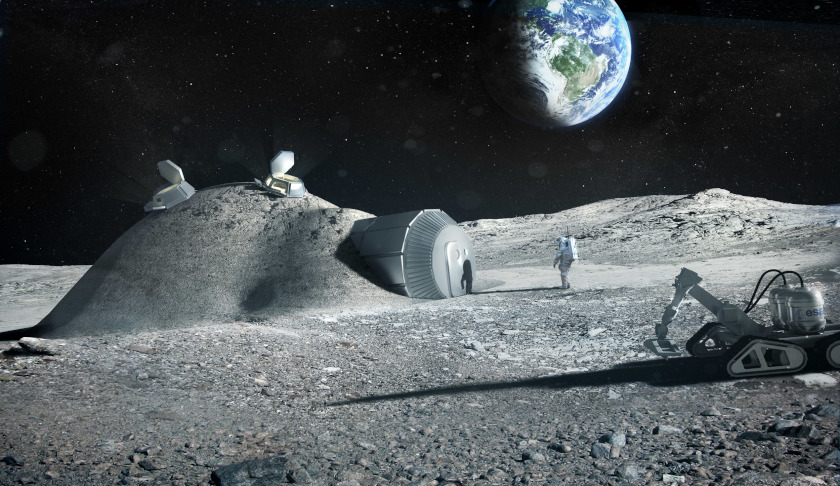
This additional funding would be used to speed up development of the Orion space vehicles and the Space Launch System and to start work on a lunar lander.
NASA originally planned to land men on the moon in 2028 but its plans have had to be substantially accelerated, with Vice President Mike Pence declaring in March that it was the stated policy of the Trump administration and the US to return astronauts to the moon within the next five years.
That’s 2024, with a sustained presence on the moon by 2028.
Man hasn’t set foot on the moon since the last of the US Apollo missions in December 1972. No other nation has landed men on the moon, though China says it plans to do so around 2030.
Earlier this week, NASA revealed its amended budget request, which needs to be approved by Congress.
“This FY 2020 budget amendment provides an increase of US$1.6 billion above the President’s initial US$21 billion budget request to accelerate our return to the lunar surface,” NASA said.
“This additional investment is a down payment on NASA’s efforts to land humans on the moon by 2024, and is required to achieve that bold objective. It’s the boost NASA needs to move forward with design, development and exploration.”
The big cost is in the lander. The budget request includes US$1 billion to enable NASA to begin supporting development of commercial human lunar landing systems three years earlier than planned.
“This acquisition strategy will allow NASA to purchase an integrated commercial lunar lander that will transport astronauts from lunar orbit to the lunar surface and back,” NASA said.
On that basis, the recently unveiled Blue Moon, the lander developed by Blue Origin, the US space company set up by Amazon founder Jeff Bezos, would appear to be a prime contender.
NASA envisaged staging its moon landing from an orbiting outpost called Gateway. That will now be much less elaborate, with additional capabilities deferred. That allows a scope reduction of US$321 million.
The Orion multi-purpose crew vehicle (MPCV) has been substantially developed by Lockheed Martin and the European Space Agency.
Similarly, the Space Launch System (SLS) heavy lift rocket has been substantially developed.
However, both need some further development and test flights before a manned flight, and for that extra money is needed.
“With an additional $651 million for SLS and Orion, this budget supports the most powerful rocket in the world and our new spacecraft to ultimately take the astronauts to the staging point for reaching the lunar surface,” NASA said.
Discussing the NASA budget at a summit in the US this week, NASA administrator Jim Bridenstine said the important thing was that they got what was requested in order to achieve a moon landing in 2024.
However, he said that US$1.6 billion was at the low end of what was needed for next year and any less could jeopardise the mission.
“If Congress comes in with a lower number, the probability of success goes down and the risk goes up,” he said. “Can we do it? I don’t know.”
Receive the latest developments and updates on Australia’s space industry direct to your inbox. Subscribe today to Space Connect here.












